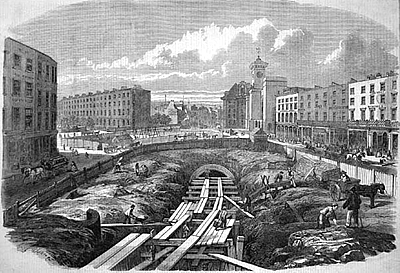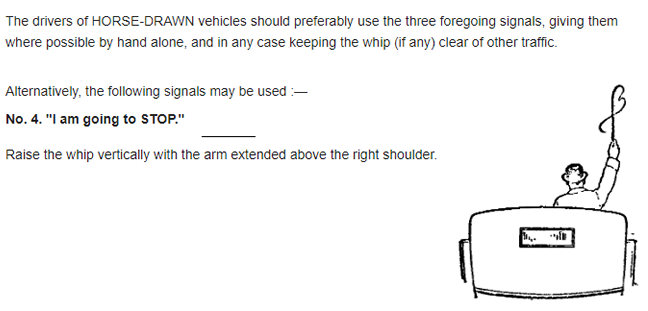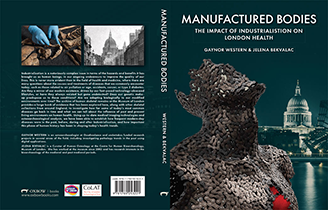Traffic
Not all human misdemeanours involved interpersonal violence but certainly could involve a certain level of aggression when it came to road traffic accidents. Road rage is not just a modern phenomenon.
In the Victorian period, doctors in the Worcester Royal Infirmary levied additional charges against cabbies who had driven their horse-drawn carriages so furiously as to cause a road accident, landing themselves in hospital with serious fractures and taking up a precious bed.
Accidents involving carts and carriages were plentiful, often caused by potholes on poorly maintained roads, flinging the passengers out of the cart and sometimes killing them instantly. Other passengers fell from carts that had gone out of control and were run over. The number of accidents rose as technology developed leading to more means of transport. Horse-drawn carriages increasingly found themselves alongside steam-powered omnibuses, trams and trains as well as bicycles and pedestrians with very little traffic management. In 1890, there were 5728 street accidents in the City.
By 1916, the ‘alarming increase in traffic accidents’ led to the creation of the London Safety First Council. Here the notion of a driving licence was first discussed along with the introduction of an age limit. There was also the introduction of a new pedestrian rule, so that all pedestrians faced oncoming traffic. This lead to a dramatic reduction in pedestrian fatalities by 70% in the first 12 months; in 1917, 660 people had been killed on the streets of London as the result of traffic accidents.
The railways were also still very hazardous at this time. Supplementing the much-used but very slow canal network, the first part of the much faster London to Birmingham Railway’s new intercity line opened in 1837, though trains at this time only entered London as far as Camden Town. Inner city train lines were introduced much later in the 1870’s. The dangers of train travel were not restricted to London and persisted for a considerable amount of time. Even in 1921, 991 people died in railway accidents across the country.

Constructing the Metropolitan Railway, near King's Cross station, 1861 (Illustrated London News, cc-pd-mark, (https://en.wikipedia.org/wiki/The_Illustrated_Lond... - Public Domain)
Motor engineering advances meant that motor vehicles eventually became the number one mode of transport involved in traffic accidents. In 1926, 4886 people were killed on the roads, and this number only increased year after year and by 1941 had almost doubled to 9169 deaths. Restrictions again had to be introduced both to roads and drivers, such as speed limits, seat belts and restrictions on alcohol consumption. Today, road traffic fatalities number less than 2000 despite the huge increase of motor vehicles on our roads.
So given the seemingly endless ways in which we can have an accident or subject ourselves to physical trauma, can we see any patterns in the number and type of bone fractures in our skeletal assemblages? Do the different physical risks of our living environments manifest themselves in our bones?









